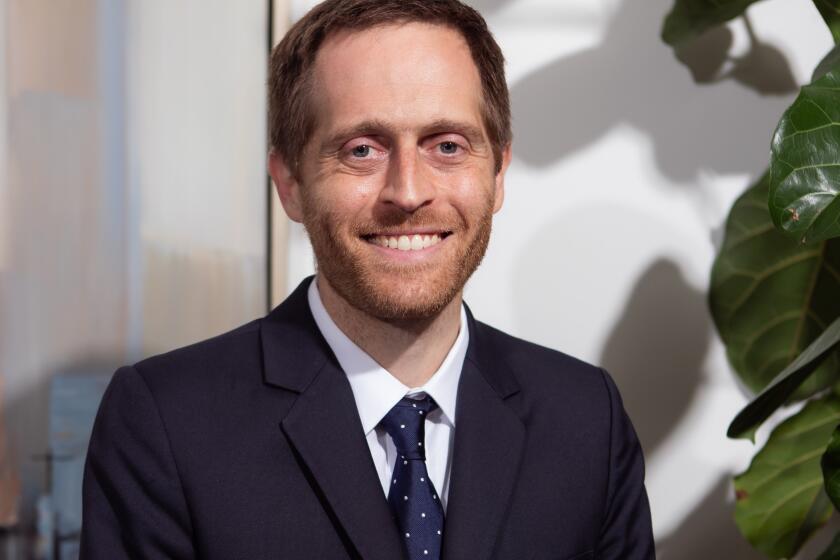Environmental Questions Raised at County Hearing on Soka Project
- Share via
A proposal to build a 4,400-student university and high school in the Santa Monica Mountains is drawing criticism from environmentalists as Los Angeles County’s formal review of the controversial project begins.
Questions concerning the fate of an Indian village believed to be buried on the Soka University site in Calabasas, and the effect on area wildlife of climate changes, night lighting and 20 years of phased-in construction were among the issues raised Thursday night during a special meeting called by the county Regional Planning Department.
“What you’re basically doing is creating a microclimate, with increased humidity from all the irrigation and increased temperatures from all the paving,” said Jerry Douglas, board member of the Topanga-Las Virgenes Resource Conservation District, a state special district formed to preserve soil, water quality, woodlands and wildlife habitat.
The meeting, called a scoping session because it helps determine in advance the scope of a developer’s environmental impact report, was optional under environmental laws. Such sessions are rarely scheduled in the county.
Regional Planning Director John Schwarze said the complexity of Soka’s plans, which could affect the neighboring cities of Malibu, Agoura Hills and Calabasas, led him to agree to hold such a meeting.
“We don’t feel that with our educated public in this county, scoping meetings really serve a purpose,” Schwarze said. “But because of the controversy about this one, the involvement of three cities and the National Park Service, we thought it was a good idea.”
In 1986, the school began purchasing land in the Santa Monica Mountains near Las Virgenes Road and Mulholland Highway. Currently, the school owns 580 acres and has applied for county permits to expand a 100-student English language program for Japanese students into a four-year liberal arts university and high school by the year 2015.
The National Park Service wants to buy about half of the land to use as the headquarters of the Santa Monica Mountains National Recreation Area, but so far Soka administrators have said they have no intention of selling.
Soka University representatives said they welcomed the scoping meeting because it gave them advance notice of community concerns about planning issues. Past meetings have included intense debates about the nonprofit group’s financial and philosophical connections to a controversial Buddhist sect, Soka Gakkai International, but those questions were not raised Thursday night.
“It’s a land-use issue and now those issues are out in the open,” said Steve Davis, the project architect. “By and large, the things that were brought up were valid and . . . they will be addressed.”
Among the issues that speakers at Thursday’s meeting said the environmental impact report should evaluate were:
* The effect of chemical runoff from parking lots and seepage from fertilized landscaping on steelhead trout in nearby Malibu Creek.
* The interruption of wildlife migration through the Santa Monica Mountains.
* The risks of placing 4,400 students in a north-south fire path.
* The disturbance of remnants of a Chumash Indian village, portions of which were discovered during widening of Las Virgenes Road and development of the adjacent Malibu Creek State Park.
* The toxicity of a former dump and gasoline storage area recalled by Glen Peterson, a real estate agent who attended the Catholic seminary that formerly occupied the Soka property.
A few of those who support the university’s plans asked that the National Park Service be required to file its own environmental study, outlining the park headquarters proposal and the effect thousands of park users would have on the land.
David Gackenbach, superintendent of the national recreation area, said he would “welcome the opportunity” to do such a study.
More to Read
Sign up for Essential California
The most important California stories and recommendations in your inbox every morning.
You may occasionally receive promotional content from the Los Angeles Times.













